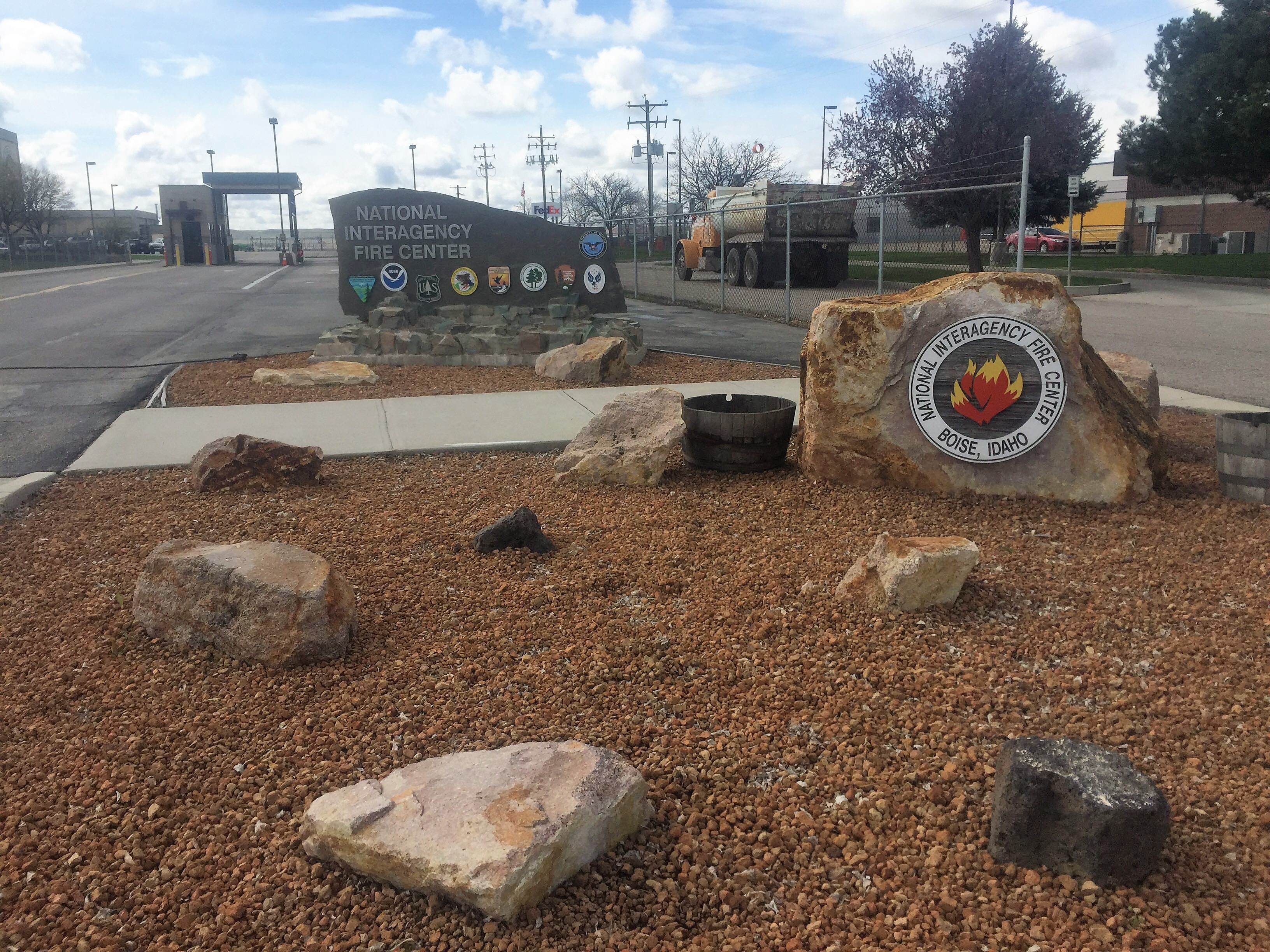Wildland Urban Interface Conference
Following a particularly dangerous and destructive wildfire season, the Wildland Urban Interface Conference (WUI) provided an ideal space for wildland fire service leaders to connect and discuss forecasted environmental challenges and possible solutions for the upcoming fire season. Hosted by the IAFC in Reno, NV at the end of March, the conference focused on these three important factors: Innovation, Leadership, and Collaboration. Attendees were offered hands-on training and tasked with figuring out adaptive ways to face the new landscape of wildland firefighting.
Jeff Johnson, retired Fire Chief and CEO of the Western Fire Chiefs Association (WFCA), described the event as “The only conference where wildland defenders and structure defenders come together and talk about issues and discuss the latest technology.” Working primarily on policies, Johnson stressed the change that needs to happen within the current state of wildfire. “Even with treatments, we will continue to see increases in frequency and the intensity of wildland fire,” he remarked. All departments and sectors within nearby communities end up working together on emergencies. “If the Paradise fire wasn’t enough evidence that these fires are going to start moving into the urban interface, we have to start thinking of the process in which these fires are going to move,” he said.
Johnson spoke of three main categories that affect the changes in the wildland urban interface we see today. The first category being forest practices, which are an essential aspect in looking at the new age of wildland firefighting and determining the environmental concerns within treating forests.
The second aspect is urban planning and how communities interface with the wildland environment. This is a key factor in preparing citizens against the new reality of catastrophic wildfires, as strong building codes within communities can help buildings withstand wildfires. The policies surrounding homeowners, building codes, and insurance companies is a significant piece of discussion at conferences like WUI due to the high level of risk homeowners face living within a wildfire prone area.
The final piece affecting the WUI is technology, “New technology has created a new and better way for us to fight fire with FirstNet changing the landscape,” Johnson said. In other types of disasters such as earthquakes or hurricanes, scientists and meteorologists have access to technology that allows them to see an almost perfect track of where a storm or quake is going to hit. For firefighters during a wildfire, they have no picture as to where the fire may spread to. Such as in the Paradise Valley fire, no one saw it running into the town as quickly as it did. “There is no ubiquitous common operating picture to commanders,” he said.
At a conference like WUI issues such as this are brought up and policies for fighting fire are discussed by all parties involved in the firefighting ecosystem, including urban protection agencies, and wildland agencies.
“These three buckets are areas in which are covered and discussed at a conference such as this, where attendees and groups who are involved in wildland firefighting can learn from each other,” said Johnson.
The Wildfire Initiative hosts smaller events that touch on some of the same topics as the WUI Conference. The Camp Fire Tour, Wildfire Policy Summit, Wildfire Tech Summit, and the Oregon Wildland Fire Summit are places to learn and discuss the changing ways we fight wildland fires.
If you are interested in sponsoring or attending an event, email us at [email protected].


